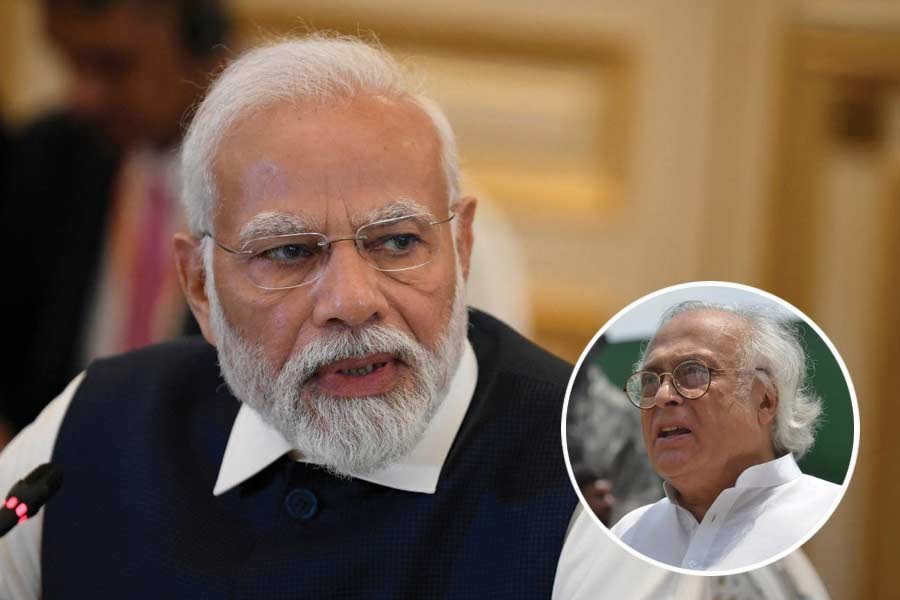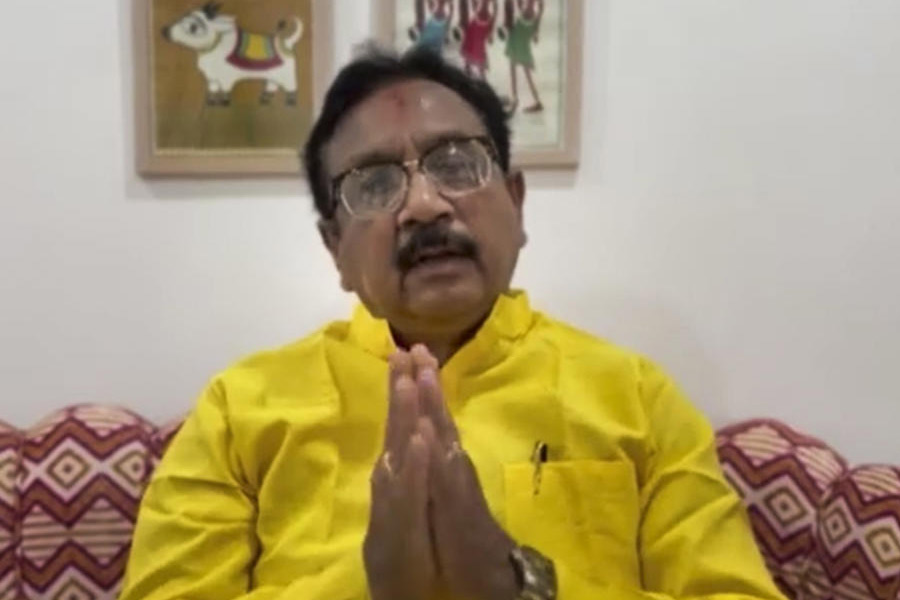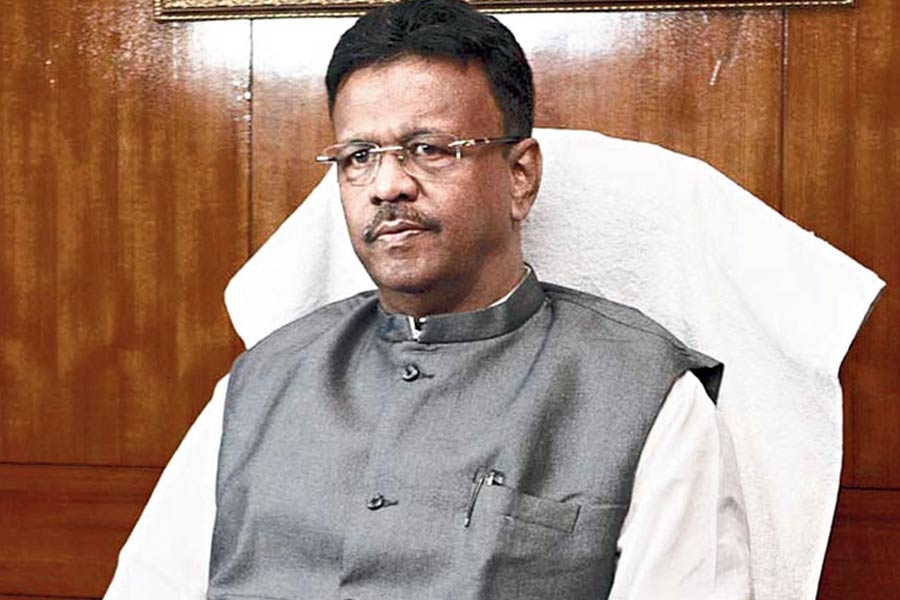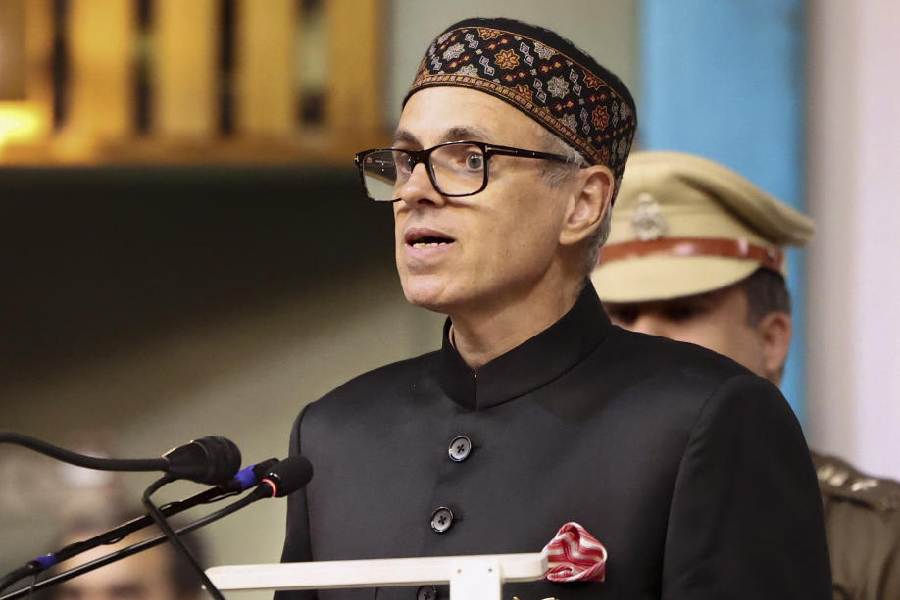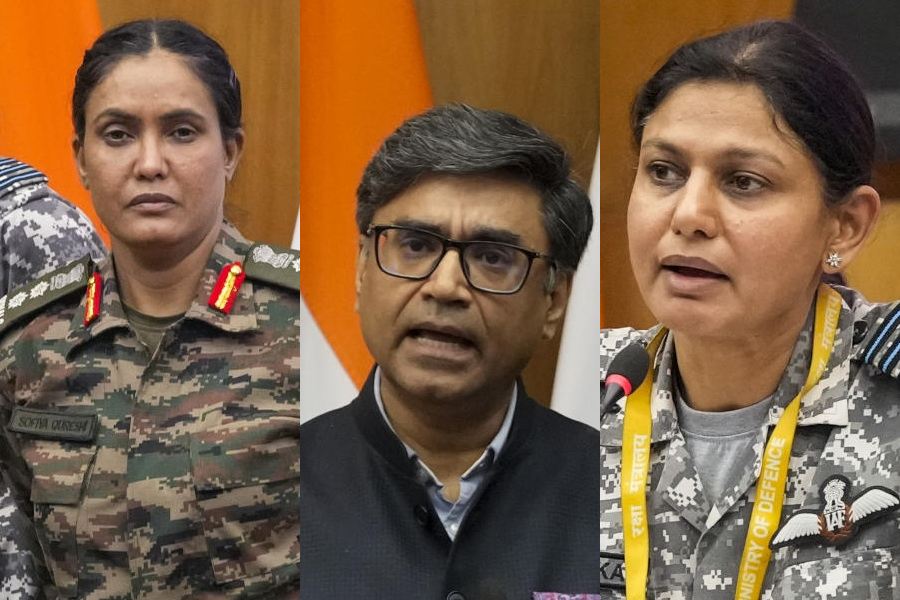
Guwahati, Sept. 28: The India Biodiversity Portal - an open access biodiversity information platform - has over 12 lakh records from the country but less than 16,000 records from Arunachal Pradesh, a state known for its countless and diverse flora and fauna.
Speaking at the daylong Northeast India Biodiversity Portal training workshop organised in Itanagar last week, Rohit George, coordinator, Northeast India Biodiversity Portal, said one of the reasons for the paucity of data from Arunachal Pradesh is because it has large areas that are still unexplored or where bio-diversity has not been inventoried.
Even for the areas that have been studied, much of the data is not publicly available. This is one of the main reasons the portal was set up to make biodiversity data openly and freely available, he added.
Of the total records, 1.3 lakh are from the Northeast.
Furthermore, data from Arunachal Pradesh is not evenly distributed across various districts.
For instance, there is only one record from Kurung Kumey district and four from Upper Dibang Valley, whereas there are over 7,000 records from West Kameng district alone, George said. Another reason is that only a small number of participants are contributing to the portal.
The workshop was organised by Ashoka Trust for Research in Ecology and the Environment in collaboration with the department of forestry, North Eastern Regional Institute of Science and Technology.
The aim of the workshop was to provide an opportunity to researchers, students, conservation practitioners and biodiversity enthusiasts to learn about documenting and disseminating biodiversity-related knowledge.
The India Biodiversity Portal is an innovative, participatory, open-access biodiversity information platform to address the lack of open and freely available information. An open portal is required as large sets of data and information on biodiversity gets collected but these either remain with the collectors or are published in highly technical scientific journals.
"Nature nurtures us and therefore it is important to protect nature. Such biodiversity documentation should reach the rural communities who are the stewards of nature and schoolchildren who will be future conservationists. Mobile phones are now owned by most people and therefore documenting biodiversity information easily is possible," said Rinchen Norbu, chairman, Losel Nyinje Charitable Society.


